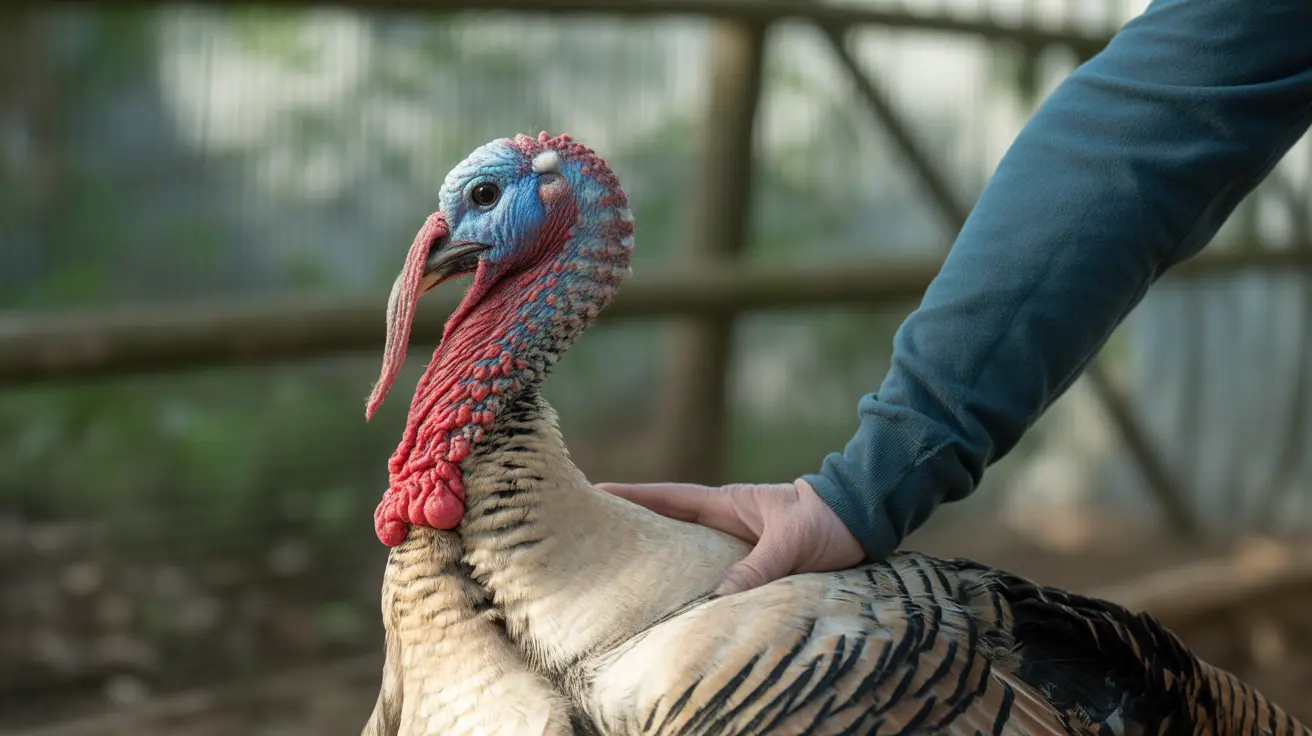Understanding Leiomyosarcoma: A Silent Killer in Cats
Feline health can be riddled with complexities, and among the most elusive threats is leiomyosarcoma, a rare yet deadly form of cancer. This malignant tumor arises from the smooth muscle tissue in the stomach or intestines and tends to affect middle-aged to older cats, generally beyond six years of age.
What is Leiomyosarcoma?
Leiomyosarcoma is an aggressive cancer that originates in the gastrointestinal tract of cats, typically in the smooth muscle lining of the stomach or intestines. Although rare, its high metastatic potential, especially to the liver and lungs, makes it a serious threat.
Why It's Called a "Silent Killer"
The term "silent killer" is apt because clinical signs are often subtle and gradual, making early detection challenging. The tumor may grow slowly over weeks or months, and symptoms often overlap with other common gastrointestinal problems.
- Chronic vomiting (often after meals)
- Intermittent or bloody diarrhea
- Unexplained weight loss
- Lethargy or weakness
- Abdominal pain or growling
- Black or tarry stool (melena)
Because these symptoms can mimic less serious ailments, affected cats often go undiagnosed until the cancer has advanced.
Diagnostic Challenges
One of the biggest hurdles in managing leiomyosarcoma is confirming the diagnosis. Many cats present with unremarkable findings except for weight loss during a physical examination. In early stages, even blood tests may remain normal, although advanced cases can show signs of mild anemia, high white blood cell count, or hypoglycemia.
The following diagnostic techniques are crucial:
- Abdominal X-rays – to identify mass or thickened bowel wall
- Ultrasound – for better visualization of the tumor and surrounding tissues
- CT or MRI scan – for determining size, location, and possible metastasis
- Endoscopy – allows direct visualization and biopsy
Ultimately, a biopsy and histopathological assessment confirm the diagnosis. Tumor cells test positive for smooth muscle markers like desmin and smooth muscle actin, and negative for CD117, which distinguishes it from gastrointestinal stromal tumors.
Importance of Staging and Metastasis Assessment
Once a tumor is detected, it’s essential to determine whether it has spread. This involves:
- Thoracic imaging – to assess lung metastasis
- Abdominal ultrasound – to evaluate liver and nearby lymph nodes
Treatment Approaches
The mainstay of treatment is surgical excision with wide margins. Depending on the tumor's location, procedures may include:
- Partial gastrectomy – removal of part of the stomach
- Enterectomy – removal of a segment of the intestine
If the tumor is caught early and removed completely, cats may survive several months to years. However, if metastasis is present or margins aren't clear, the prognosis worsens.
Postoperative and Supportive Care
Post-surgical recovery is crucial. Complete care includes:
- Pain control with medications like buprenorphine or gabapentin
- High-calorie diets that are easily digestible
- Wound monitoring and care
- Gastrointestinal function observation
Supportive care includes appetite stimulants, anti-emetics, and appropriate nutritional support. In cases where surgery isn't fully successful or recurrence occurs, palliative care becomes essential to ensure a good quality of life.
Monitoring and Prognosis
Because recurrence is possible, it’s important to have regular monitoring every 3–6 months through imaging. When successfully treated without metastasis, many cats return to a good quality of life and may live well over a year post-treatment.
How to Spot This Silent Threat Early
Pet owners should be vigilant about subtle changes in their cat’s behavior or digestion, particularly in older cats. Watch for signs like:
- Repeated vomiting after eating
- Unexplained weight loss
- Chronic diarrhea
- Lethargy
- Palpable abdominal mass observed during grooming or petting
Prompt consultation with a veterinarian and a thorough diagnostic work-up are critical to managing this disease effectively.
Summary
Leiomyosarcoma is a serious cancer with a stealthy onset that challenges early detection. Though rare, this silent killer highlights the importance of timely veterinary evaluation and diagnostic imaging for any persistent gastrointestinal issues in aging cats. Early diagnosis and surgical intervention are key to improving survival rates and maintaining a good quality of life.





